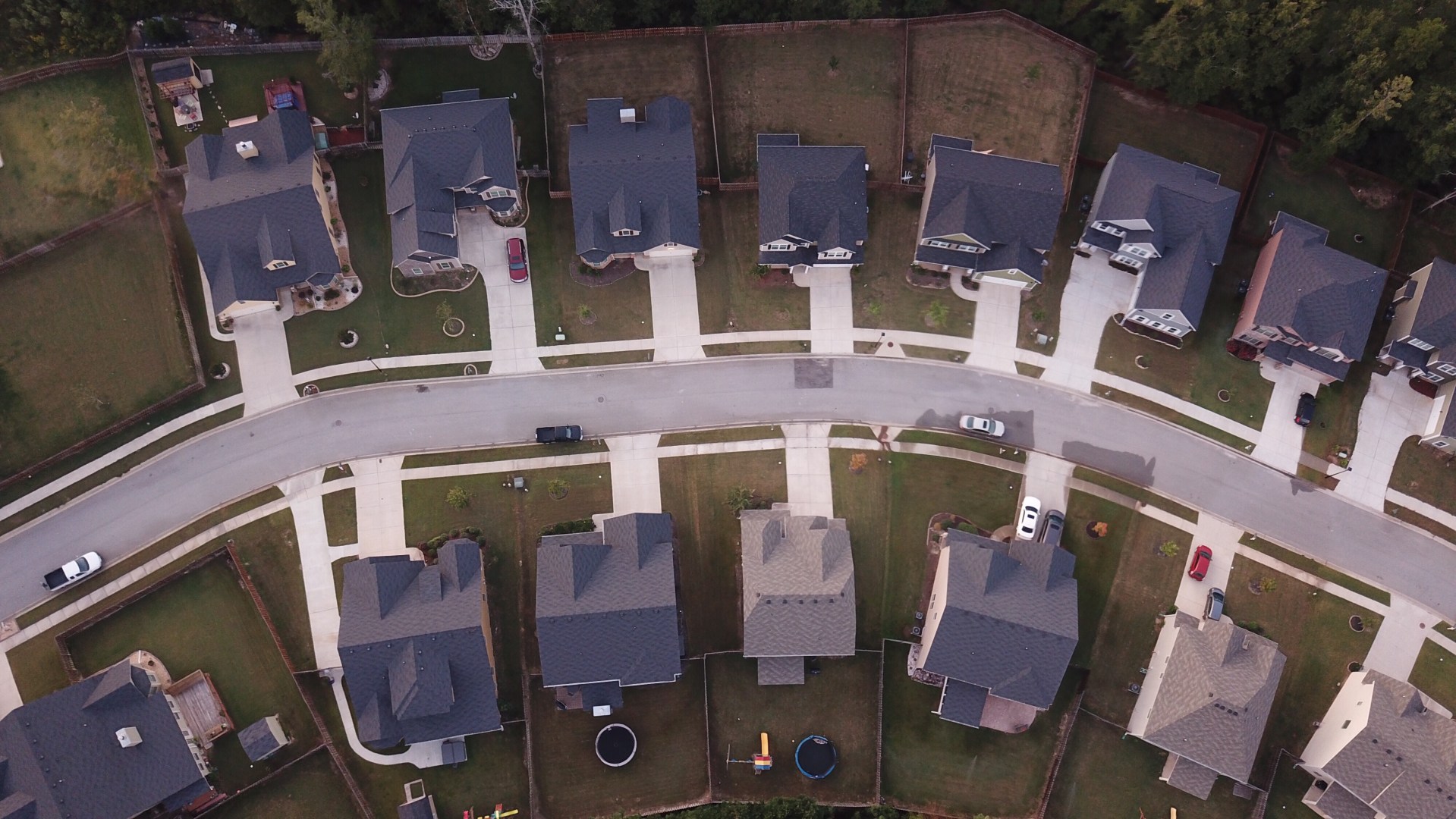
Commentary
-
Our commentary partners will help you reach your own conclusions on complex topics.
-
What kind of leader America needs
The American public remains divided and unhappy about the state of the country leading up to the next presidential election, and former President Donald Trump now holds a narrow lead in the matchup against President Biden. While Biden portrays Trump as a threat to American democracy, voters in key states ironically trust the former president…
-
NATO is stronger now than ever before
The North Atlantic Treaty Organization (NATO) has been called the most powerful military alliance in world history, and serves as the bedrock of military security for Europeans, Americans and allied populations around the globe. The importance of the alliance has been reiterated by recent events, namely Russia’s invasion of Ukraine and increasing threats from China.…
-
Who will Trump pick for vice presidential running mate?
Donald Trump is now clearly on track to run as the GOP candidate for president in the 2024 elections, regardless of how his various criminal trials proceed. What’s less clear is who else might run as his running mate for the position of vice president. Straight Arrow News contributor Matthew Continetti reviews a list of…
-
Education, income becoming key variables in elections
Education, income level, geography, race and ethnicity are all key variables in estimating who voters might support. But the importance of these variables has changed in recent elections, as America’s demography, culture and political movements continue to evolve. Straight Arrow News contributor Matthew Continetti argues that education and income level have become more important than…
-
If we’re lucky, AOC and the Squad are on their way out
The Squad, comprised of eight left-wing House Democrats, has been openly critical of Israel both before and during Israel’s war with Hamas. As primaries approach, some of these House members are facing challenging political races. Straight Arrow News contributor Matthew Continetti delves into the backlash against the Squad and hopes its members will face a…
Latest Stories
-
 U.S. Department of Defense
U.S. Department of Defense
Congress still trying to figure out how to reduce wasteful military spending
-
 DVIDS
DVIDS
US Navy, Air Force making waves with new weapons at RIMPAC
-
 Getty Images
Getty Images
Israeli PM Netanyahu meets with Trump at Mar-a-Lago
-
 Getty Images
Getty Images
Growing US nuclear power resurgence reaches the nation’s heartland
-
 Getty Images
Getty Images
Beer from the sun, other solar thermal projects get government funding
Popular Opinions
-
In addition to the facts, we believe it’s vital to hear perspectives from all sides of the political spectrum.
Latest Opinions
In addition to the facts, we believe it’s vital to hear perspectives from all sides of the political spectrum. We hope these different voices will help you reach your own conclusions.
The opinions published in this section are solely those of the contributors and do not reflect the views of Straight Arrow News.

















Latest Commentary
We know it is important to hear from a diverse range of observers on the complex topics we face and believe our commentary partners will help you reach your own conclusions.
The commentaries published in this section are solely those of the contributors and do not reflect the views of Straight Arrow News.
Peter Zeihan
Geopolitical StrategistHow future generations could shift US support for Israel
Why election of European Commission president is so important
Protests in Bangladesh signal more trouble ahead
Dr. Frank Luntz
Pollster and Political Analyst‘I don’t know’: Swing voters debate who best to replace Biden
‘Mad as hell’: Americans vent anger, frustration over politics
‘On death’s door’: Undecided voters react to first debate